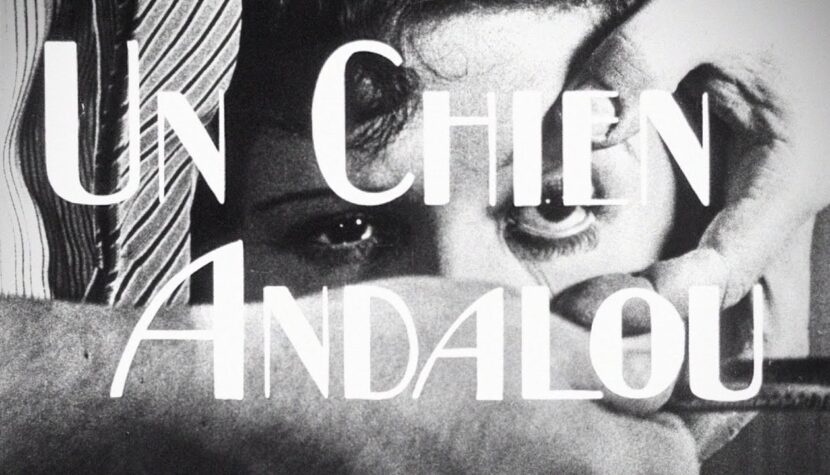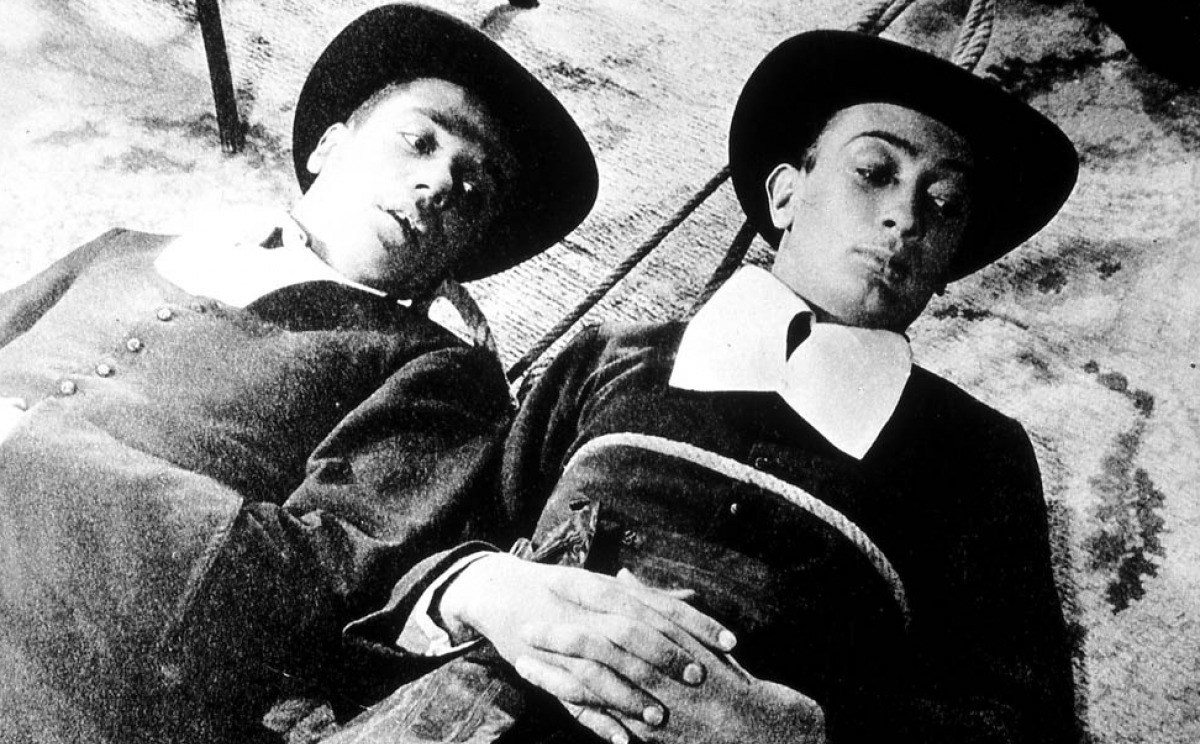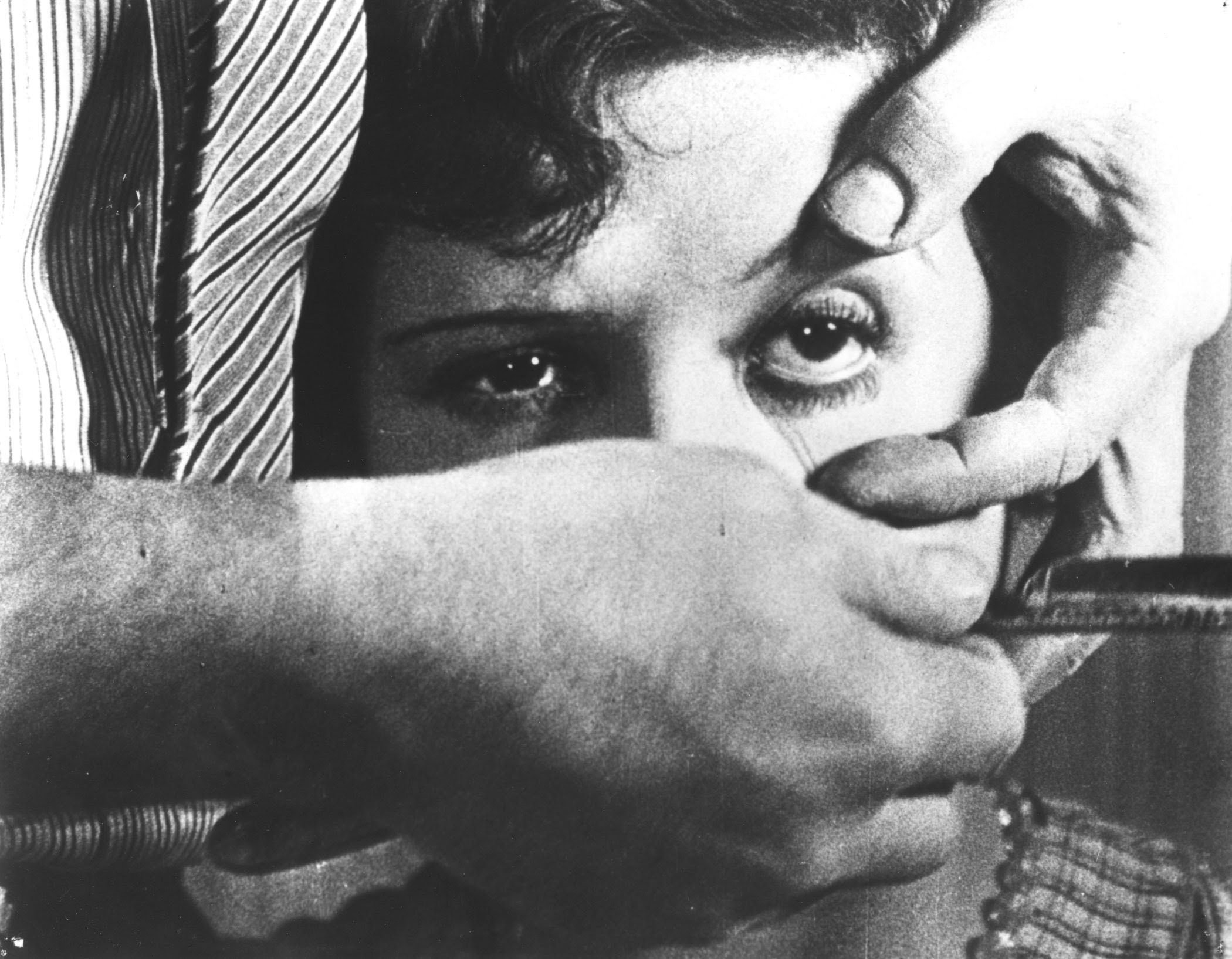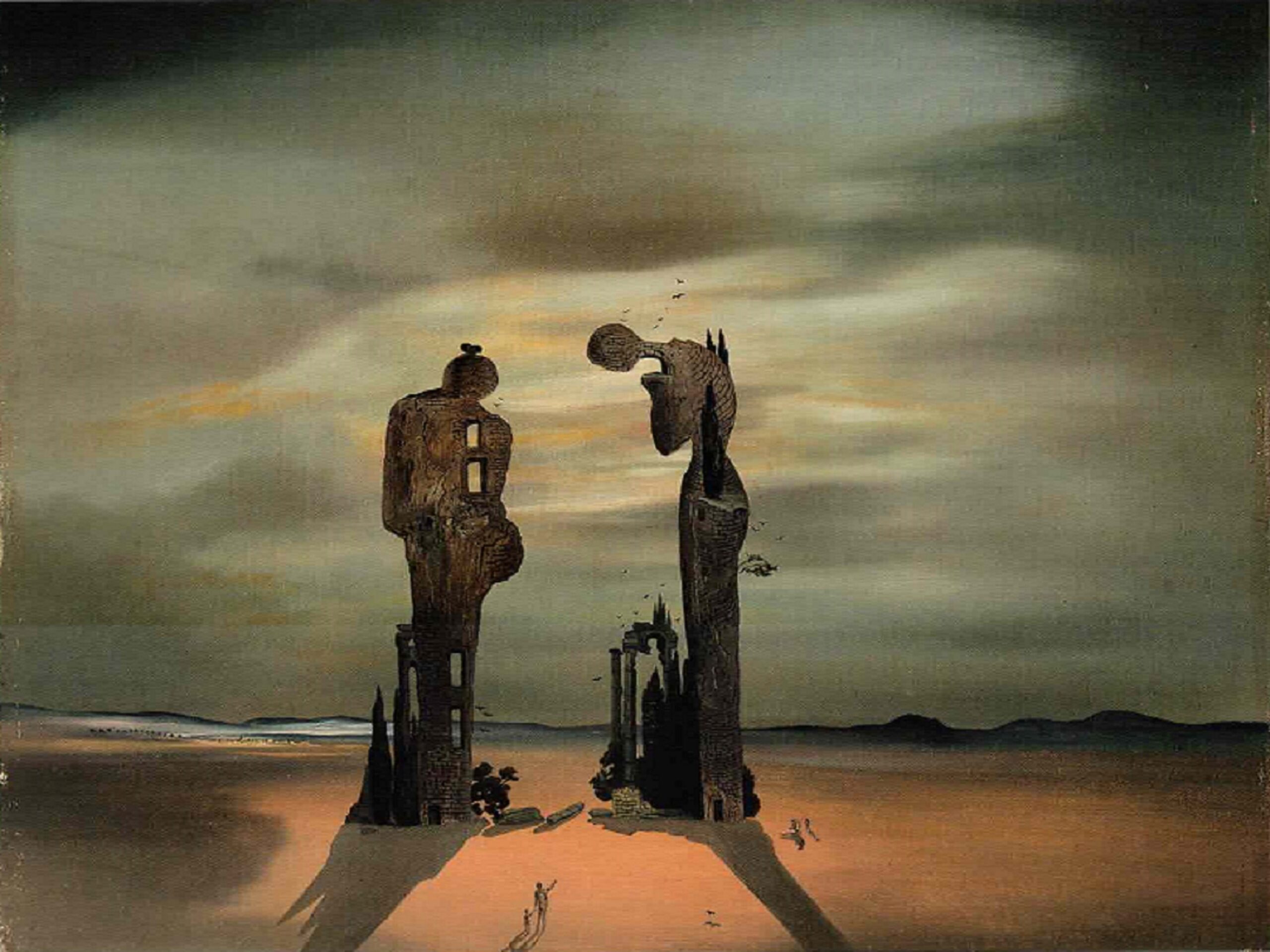UN CHIEN ANDALOU / AN ANDALUSIAN DOG. Intriguing phantasmagoria

Over time, surrealism has left its mark on all of European culture, including film art. According to the French bohemians of the 1920s, the goal of creation is to extract what lies in the human subconscious. This goal was shared by Luis Buñuel and Salvador Dalí, creators of the first iconic surrealist film, Un Chien Andalou.
The script’s of Un Chien Andalou / An Andalusian Dog origin was in the dreams of both artists: a narrow cloud slicing through the moon, a razor cutting a woman’s eye, and a hand from which ants emerge. These dream-like images formed a fluid and oneiric narrative meant to shock, surprise, disgust, and evoke hidden associations. The film was initially silent, with music added 30 years later, modeled after that played live during the premiere, significantly enhancing the story’s dynamics. The plot consists of several unconnected sequences, with anonymous characters played by Simone Mareuil and Pierre Batcheff. The film is characterized mainly by the irrationality of its images and scenes, governed by the logic of nightmares. These include shooting one’s doppelganger, dragging pianos with tied donkey carcasses, and poking a severed human hand lying in the street.

Filming the artists’ dreams, particularly Buñuel’s, also made Un Chien Andalou / An Andalusian Dog the first gore production, where disgusting and drastic scenes significantly impact the overall perception. Brutal and indecent moments (including a scene of molestation), ecstasy, and blasphemy showcase the awakening of primal instincts intended to translate into the viewer’s thoughts. Buñuel himself called the film ‘a passionate call to murder.’ The scene with the sliced eye became one of the most recognizable in surrealist cinema.

The artists’ work is an example of a poetic film that offers ample room for interpretation, facilitated by the anonymity and open, ambiguous world presented. However, the image mainly affects the viewers’ senses, inducing a blissful, dreamy, metaphysical trance. It reveals a broader dimension of the subconscious, inspired by dreams and visions, as if delving into the human mind. The carefully constructed atmosphere increases the sense of uncertainty and prepares for significant aesthetic and artistic challenges. Watching the film, we lose ourselves in time and space. The only characters who seem to know the reason for the course of events are the two protagonists. This illusory, unreal journey guarantees deep experiences, leaving us with only a sense of doubt about what is real and what is fictional.

Un Chien Andalou / An Andalusian Dog ends with a scene that inexplicably transports the main character from an apartment to a beach, where she meets another young man (Robert Hommet). In spring, their bodies become buried under mounds of seaside sand. This scene resembles a painting by Salvador Dalí six years later, titled Archaeological Reminiscence of Millet’s Angelus.

Despite its irrationality, which may repel and discourage, giving the impression of being unnecessary and meaningless, the film definitely deserves attention. The phantasmagoria intrigues every viewer and remains deeply memorable. It is worth getting acquainted with Buñuel’s iconic French work, if only to taste the complex vision and imagination of the leading surrealist representatives.

